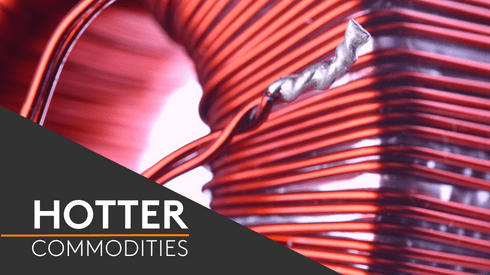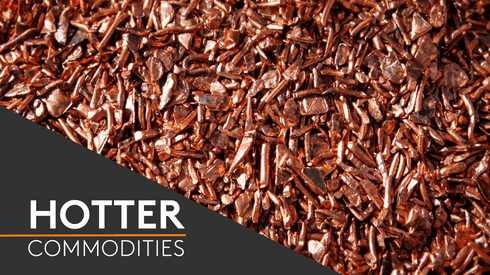Zinc smelters which process concentrates into refined metal only have to pay for 85% of the zinc metal contained in concentrate they purchase, but generally utilize 97% or more. Lead smelters meanwhile pay for 95% of lead contained in concentrate, much closer to the level captured by modern processing.
By capturing the difference between the amounts of metal they pay for, utilize in the smelting process and then sell, companies such as Korea Zinc and Nyrstar are profiting from the price of “free metal”, with the LME price of zinc breaking fresh 10-and-a-half-year highs.
But while this margin based on exchange prices is enabling zinc smelters to increase production despite tough physical market conditions, primary lead smelters are more exposed to the physical side, meaning output could be cut or restricted for longer.
Payables are once again under the spotlight as miners and smelters meet to hash out annual contract terms. Miners have for several years been pushing to bring zinc payment structures up closer in line with processing rates.
And with the price difference between the sister metals at its widest since 2007, higher payables may restrict lead supply while booming smelter output could sink zinc prices, sources said.
“It’s been a great year for zinc smelters, but this is only happening because our industry is still using a formula from the 1950s, which is not the case for copper and lead,” a mining company source told Metal Bulletin.
Metal Bulletin spot market assessments indicate that zinc concentrate treatment charges (TCs) – paid to smelters to compensate them for turning concentrates to metal and a key source of revenue – are at their lowest level in several years at $10-30 per tonne cif China.
Meanwhile, at $10-25 per tonne, terms for lead concentrates are even lower, with some smelters in China having bought concentrates at a premium at several points last year.
Lower annual and spot TCs for zinc concentrates impacted 2017 profits for major smelter Nyrstar to the tune of €72 million ($88.65 million), but this paled in comparison to the “approximately €168 million,” gained through an $800 per tonne increase in zinc prices, Nyrstar chief financial officer Chris Eger noted in a call with investors last week.
“Increases in other commodities prices primarily lead increased Ebitda also by probably €11 million,” Eger said.
Nyrstar increased its 2018 guidance for zinc production by 50,000 tonnes compared with the year before.
Similarly, Korea Zinc announced it would sell an additional 50,000 tonnes of zinc this year while concurrently cutting lead and silver sales.
Substantial cuts to silver output (10%) alongside a relatively small drop in lead sales (2%) infers that the Korea Zinc, the world’s largest lead producer, will be substituting lead concentrates, where processing margins are often gained by silver by-product, with secondary supply.
“These days, anything that can be smelted – other than lead concentrates, should be used at this moment… primary smelting is not economical for lead smelters anymore,” one smelting source told Metal Bulletin.
Cuts to primary lead output may be a continuing trend, Hallgarten & Co mining strategist Christopher Ecclestone said.
“I think the Port Pirie conversion was the canary in the coalmine of the lead smelter space, a bit of a sign,” Ecclestone said, talking of the 2014-2017 redevelopment of one of the world’s largest lead smelting facilities to take a greater proportion of by-product and secondary raw material.
“It’s not just that prices were bad because even when prices are bad smelters can sometimes make a lot more money,” Ecclestone said, adding he sees the lead price remaining around $2,600 per tonne but zinc heading over $4,000 per tonne in the coming years.
Availability of lead concentrates remains tight, a factor which should help the lead price “hold currently high levels,” analysts from ICBC Standard Bank said in a February 27 research note.
And this is likely to keep treatment charges low for the foreseeable future, unless demand from primary smelters drops further, market sources said.
“For zinc smelters there’s light at the end of the tunnel, but for lead smelters there’s nothing – they’re in a really difficult situation,” the mining source said.
Julian Luk in London contributed to this report.




